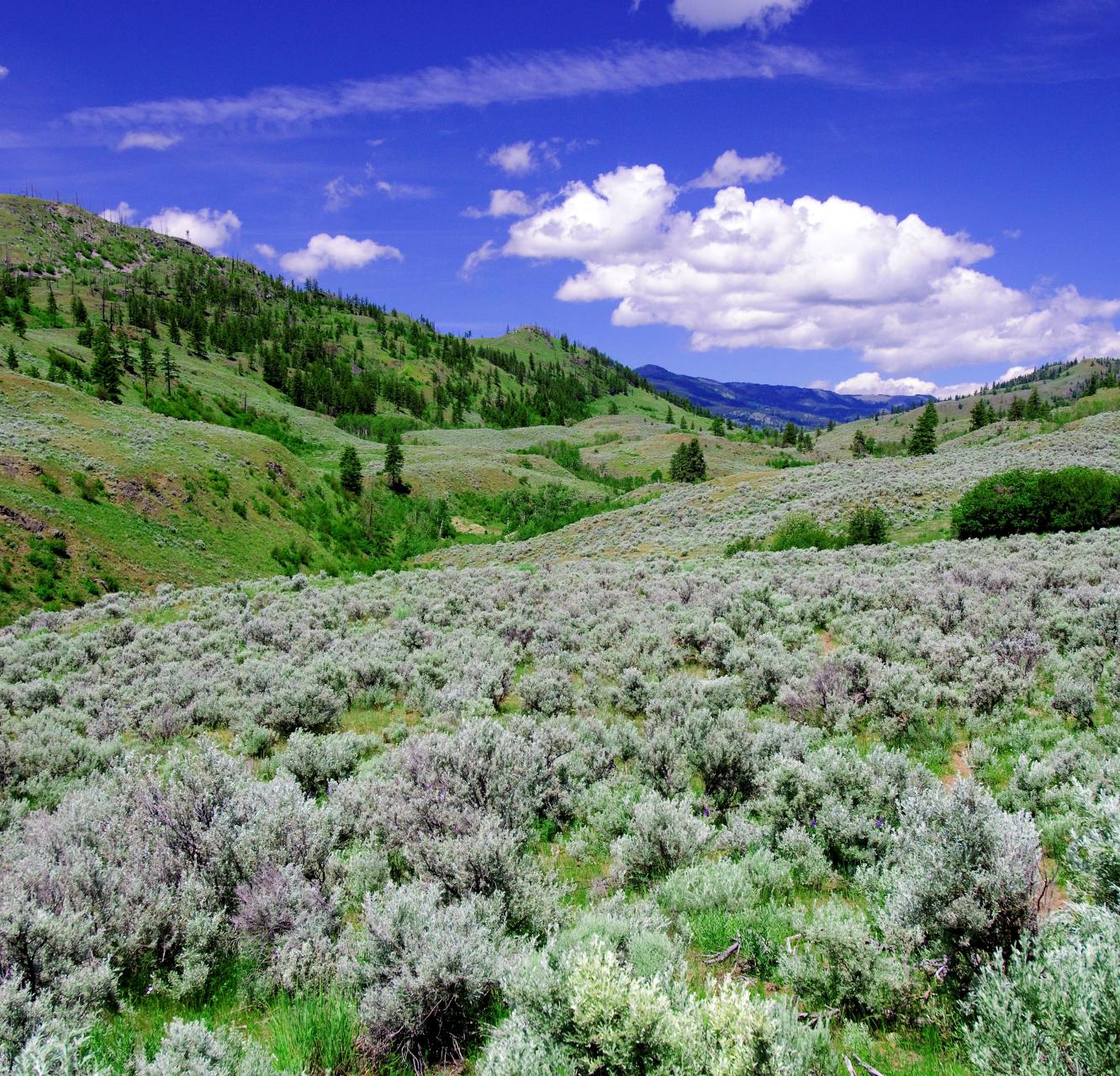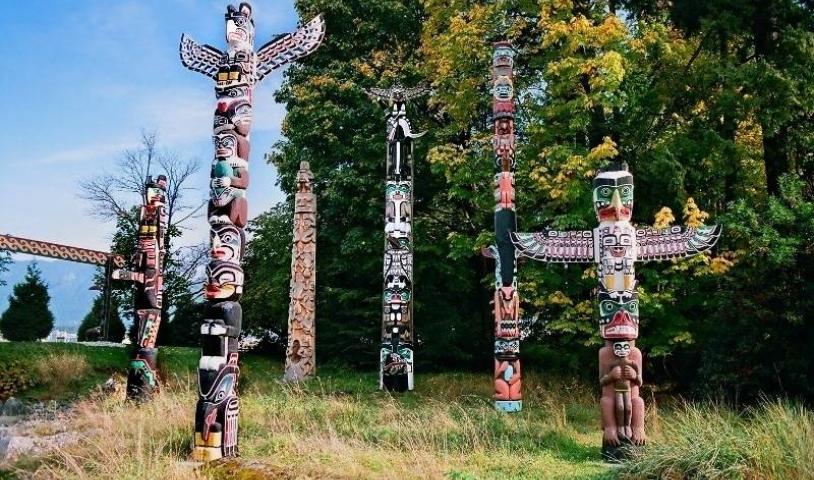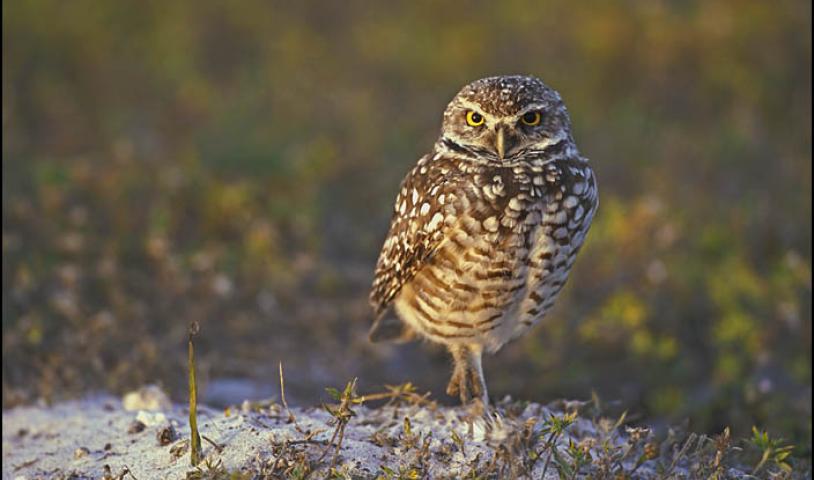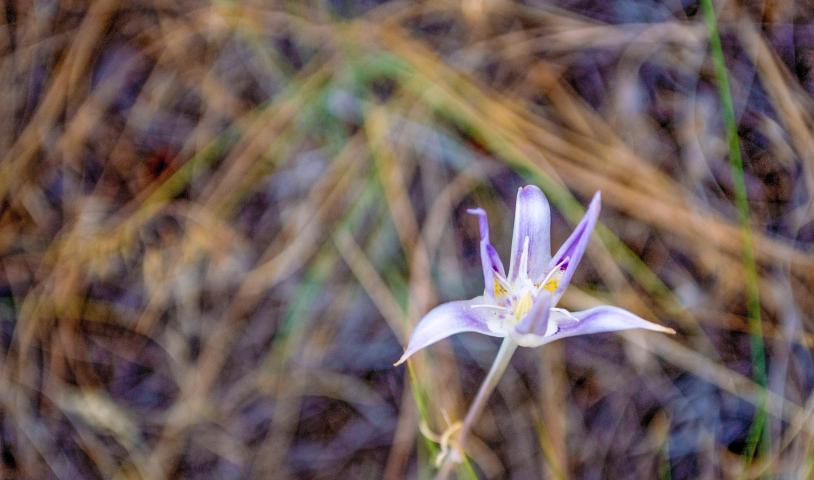Feedback on proposed South Okanagan National Park
Friday, June 3, 2016
A local supporter of a South Okanagan-Similkameen national park says she is a little disappointed with a report released last week by the B.C. Ministry of Environment.
The ministry released a summary of feedback on the proposed Protected Areas Framework for the South Okanagan last week, six months after the comment period closed.
“It is about what I expected. It didn’t have any real recommendations,” said Doreen Olson, spokesperson for the SO-Similkameen National Park Network. I wasn’t expecting too much from us.
“I think the report was cautious The results of the report were what we have been seeing all along, that there is huge support,” said Olson, who wants to see faster action on the issue and a return to talks with Parks Canada.
“The longer we wait, the less land we are going to have. This has been a long process and we are losing more and more land,” said Olson, who took a Meadowlark Festival group to Kilpolla, part of the South Okanagan Grasslands Protected area.
“I don’t think many people have been up there to see that area and to see how absolutely diverse it is and how it really needs to have some protection from further development,” she said. “We were on the top of a hill, quite a nice lookout and below us we could see a huge black bear and it was such a wonderful sight.
“It was too much for people to comprehend. All these beautiful wildflowers and open space and yet only 15 minutes away was development.”
During the 81-day public comment period, which ended Oct. 31, 2015, 3,460 responses were received to the province’s intentions paper regarding protection options for three distinct areas in the South Okanagan-Similkameen.
“The feedback shows the public is very interested and passionate about issues of environmental protection, First Nations cultural values, tourism and recreation opportunities in the South Okanagan,” the ministry said in a release.
Themes identified throughout the submissions included the need to ensure connectivity between areas, to preserve and protect the remaining biodiversity of the South Okanagan and to recognize the importance of hunting, fishing, tourism, ranching and recreation in the area.
“Our intent with the final recommendations is to protect significant geographic and cultural values while providing recreation and tourism opportunities for future generations to enjoy,” said Minister of Environment Mary Polak.
According to the full report, which is online at http://www.env.gov.bc.ca/bcparks/planning/pdfs/consultation-summary-so-ip.pdf, the majority of responses did not come through their official online questionnaire and often providing the respondent’s views on a range of topics related to the proposed protection framework, rather than responding to the specific questions posed.
Many of the outside responses came through the Wilderness Committee (1580) and the Canadian Parks and Wilderness Committee (1265), who both hosted websites enabling people to submit comments on the proposal.
“We are really happy the report has finally been released, and we look forward to the B.C. government sitting down with the federal government and First Nations governments to move this process forward again,” said Gwen Barlee, national policy director for the Wilderness Committee, in a release. “Establishing a national park reserve is widely supported here and would be excellent news for B.C. from an environmental and economic perspective.”
The main theme expressed was connectivity, followed by recreational hunting and fishing, then tourism. Ranching, a group that formed some of the main opposition to the national park proposal, came in fourth on the list.
Several additional areas were suggested as requiring protection, including areas around Vaseux Lake and the South Okanagan Grasslands Protected Area. Comments also focused heavily on respecting existing land use commitments, such as access and recreational activities in regards to the Okanagan Shuswap Land and Resource Management Plan.
According to the ministry release, the province will consider all feedback when developing the final recommendations and continue to engage with First Nations to better understand their interests prior to any final decisions. The report specifies discussions on how collaborative management can be accomplished and identifying any interim protection measures that should be considered in the short to medium term.
The province is expected to move forward on a decision later this year.
Read the original story here
Photo: South Okanagan (Joe Foy)





